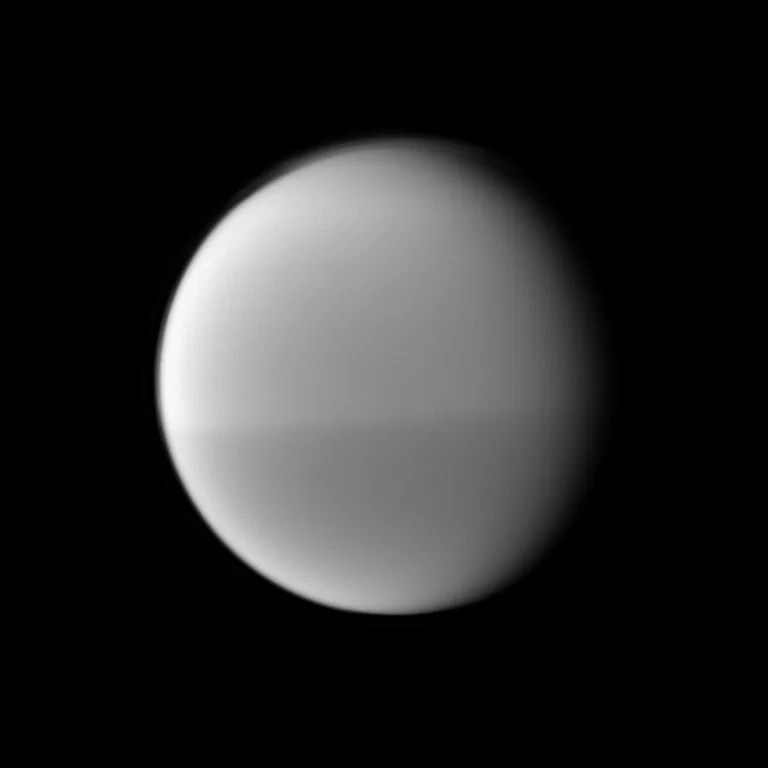1 min read

The Cassini spacecraft examines Titan's dark and light seasonal hemispheric dichotomy as it images the moon with a filter sensitive to near-infrared light. This image was taken May 22,2010.
During this high altitude flyby (8,175 kilometers, or 5,080 miles, at closest approach), the visible and infrared mapping spectrometer (VIMS) mapped at a resolution of 5 kilometers (3 miles) per pixel an equatorial region of the trailing hemisphere known as Belet. The resulting mosaic will complement the mosaics obtained during T-66 and T-67. After closest approach, VIMS performed a global mapping of Titan looking for clouds at northern mid-latitudes and near the poles. The imaging science subsystem (ISS) rode along with VIMS throughout.
Date
Sept. 24, 2010
Altitude
5,080 miles (8,175 km)
Speed
13,000 mph (5.7 km/sec)
Share
Details
Last Updated
Jan 24, 2024
Editor
NASA Science Editorial Team
Related Terms
Keep Exploring







